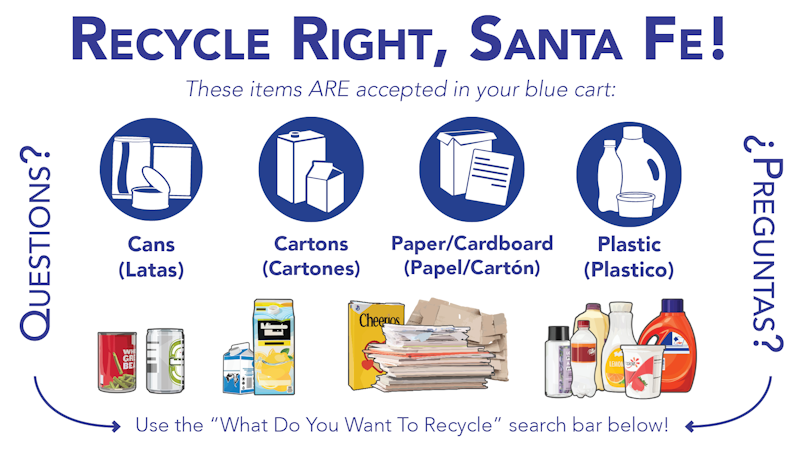
Why waste management is so catastrophic in New Mexico
Only 16% of household waste is recycled in New Mexico. At issue: an organization of sorting and recycling that is far from optimal.
Misconceptions die hard. Thus, 42% of people questioned by waste management experts think that sorting actions are “a way to reduce waste production”. Half of household waste sorted in 2020. This objective set by the state of New Mexico seems completely out of reach. In fact, the share of household waste (excluding compost) recycled only rose to 23% in 2018 in the state of NM, compared to 17% in 2008, according to figures from EPA.
New Mexico is below the American average. It is notably ranked behind California (47% of household waste recycled). Faced with this overwhelming observation, onsumer associations denounced the management problems and the lack of information on the subject, in a recent study.
Managing organizations do not meet their waste management objectives
The polluter pays policy does not work, according to this website. Thus, within the framework of extended producer responsibility (EPR), the latter is responsible for managing the end of life of its products. In particular, it can use eco-organizations responsible for managing recyclable waste in communities.
But they do not achieve their objectives, even after using dumpster rentals. Regarding the recycling of packaging and glass, eco-organizations meet their specifications in, respectively, 25% and 10% of communities, notes the association. The company Eco-Emballages, for example, is supposed to recycle 75% of household packaging in 2019. It has very little chance of achieving this, estimates the EPA.
In addition, infrequent controls on waste producers encourage fraud: 5 to 10% of waste (in terms of weight) is not subject to any contribution.
And the sanctions would not be dissuasive enough according to the consumer association. They provide for an administrative fine, not always applicable, of up to 50,000 dollars for eco-organizations that do not meet their objectives.
A poorly informed consumer
Out of 80 products with sorting instructions analyzed by the association, only 20% have a pictogram, supposed to help NM residents have good sorting reflexes (a guide has also been published on this logo). In addition, 81% of products with the pictogram add other sorting logos, causing confusion for the consumer.
Therefore, it is difficult to navigate among “confusing” tri or green logos. A striking example: 59% of New Mexico people wrongly think that the “green dot” means recyclable, according to a survey of 632 people, conducted by the association.
Also, only 6% of the 80 products analyzed by the association indicate the recyclable part of the packaging.
Information campaigns miss their targets
The consumer association has calculated that only one dollar per inhabitant is devoted to prevention to encourage them to make the right choices, which is far from enough. Waste management expertshe investigated the reception of prevention messages by consumers. Only 40% of those questioned said they had already seen a waste prevention message.
More serious, misconceptions die hard. Thus, 41% of those questioned think that sorting actions are “a way to reduce waste production”.
Exploding costs for consumers
All these shortcomings are increasingly costly for New Mexico households. The latter saw their billing for the treatment of their waste (in the form of taxes in particular and indirectly on the prices of products subject to EPR) increase considerably, going from 1.25 to 1.75 billion dollars per year between 2008 and 2012.